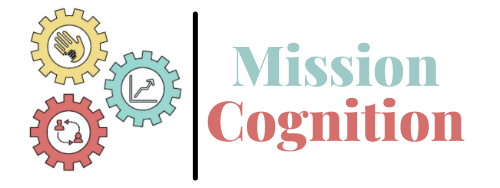We recognize the need for social skills supports. Just look at the DSM-5 criterion for autism spectrum disorder diagnosis. To meet diagnostic criteria for ASD according to DSM-5, a child must have persistent deficits in each of three areas of social communication and interaction plus at least two of four types of restricted, repetitive behaviors.
All social skills interventions however, are not created equal. Regardless of what skills we are teaching, it’s important that we are sticking with science and that we are implementing conceptually sound interventions.
BST stands for Behavioral Skills Training, which is a 4-part teaching package which includes:
- Instruction
- Modeling
- Rehearsal
- Feedback
BST is well researched and has been used to successfully train professionals in various fields, coach parents, teach safety skills and even how to play musical instruments. This is not an “autism intervention” this is just good teaching in general.
Where there’s a need, there will be multiple products & services looking to fill that need and offer solutions. Social skills programming is no different. It is up to us as professionals and parents to ask questions, do our due diligence and read through proposed interventions and curricula with an analytical eye to determine which is evidence-based, research backed and a good fit for the population it’s going to be implemented with.
As with any skill, we must practice it correctly over a period of time and contact reinforcement in some form for correct responses in order to show improvement and add that skill to our repertoire. Playing an instrument, a sport, reading and doing math are all examples of activities/tasks that we can relate to practicing and showing improvement with.
Relating and interacting more successfully and effectively with others is no different. We must practice in specified ways. BST sets up the framework for our teaching and practice.
As always, regardless of intervention, it’s imperative that a developmentally appropriate, relevant, functional, meaningful & socially significant target skill has been chosen. If you’ve missed that part, go back and build that foundation so you’re not attempting to build the walls or the roof first.
Great, now that you’ve got the goal selected, break it down into teachable steps by writing a task analysis. When will this skill be displayed, and exactly how will each step look and in what order will they be sequenced.
Instruction: Once you have a solid task analysis (TA) you are ready for the instructional piece which is formal step 1 of the BST teaching package. Provide instruction to your learners on what the skill is and how it will be demonstrated by naming each of the steps.
Modeling: Show your learners what the skill looks like. With social skills, you will most likely need to act out the skill with another person to demonstrate the scenario as accurately as possible. You may choose another instructor or skilled peer to assist you.
Rehearsal: Now it’s time for your learner’s to give the skill a try in a structured role play
Feedback: provide feedback based upon the presented task analysis. Were all of the steps present and performed in the appropriate order? Don’t forget to look at latency, pacing & timing. Provide corrective feedback and additional practice as needed until the skill has been demonstrated independently, accurately & fluently.
While BST has a strong research base, it does not mean this intervention is appropriate for all learners. As there is an instructional pieces, it will be important that your learner’s are able to attend to a “presentation” for approx 5-10 minutes, comprehend the skill that’s been presented, identify and recall the steps. If there are more significant attentional, language, or cognitive deficits, BST may not be the best fit as an effective intervention.
Take a look at discrete trials and embedded discrete trials for a teaching strategy that will provide the practice, repetition and reinforcement needed to acquire new skills without the narrative/instructional piece.
Have a population of learners that area best fit for BST? Awesome, check out this BST lesson planning guide and data sheet: https://mission-cognition-share.com/product/behavioral-skills-training-lesson-planner-data-sheet/ to help you teach the skills that are most meaningful for your learners by following the BST framework outlined above!
